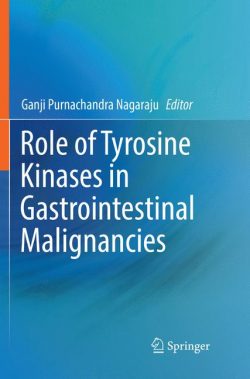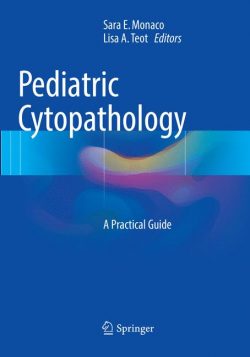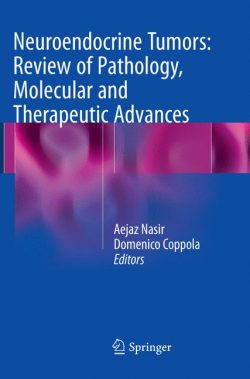This practical manual, written by well-known experts, reviews current indications for the use of IgG concentrates and some other modern immunomodulators and provides fundamental information on present-day immunomodulation in patients (and mice). The book opens by tracing the transition from IgG substitution to IgG immunomodulation and providing expert updates on immunomodulatory indications in autoimmune and inflammatory disorders, including hematologic, neurologic, dermatologic, and other diseases. Basic aspects of IgG concentrates, including methods of production, safety, currently available products, and mechanisms of action, are then discussed. An entire chapter is devoted to the different aspects of immunomodulatory IgG treatment in the bleeding disorder immune thrombocytopenia (ITP). Finally, the transition from polyclonal to monoclonal antibody (mAb) treatment is addressed in detail, covering mAb development, methods, mechanisms of action, adverse effects, and more. Particular attention is paid to the example of anti-CD20 (B-cell) antibody.
The Clinical Translation of Intravenous Immunoglobulin from Substitution to Immunomodulation.- From ImmuneSubstitution to Immunomodulation.- Manual of Primary and Secondary Immunodeficiencies.- Manual of Intravenous and Subcutanous IgG Indications in Autoimmune diseases.- Anti-D IgG Concentrate; a Type of IVIg.- Mechanisms ofAction/Immunomodulation by IgG Concentrate.- Immunomodulatory Drugs and Monoclonal Antibodies.- Use of Intravenous Immunoglobulin in Neurology.- Use of Intravenous Immunoglobulin in Dermatology.- Historical Aspects ofPoliclonal IgG Preparations.- Basics of Immunoglobulins as Effector Molecules and Drugs.- Essentials of the Production of Safe and Efficacious State-of-the-Art Polyclonal IgG Concentrates.- Current IgG Products and FuturePerspectives.- Immune Thrombocytopenia: Terminology, Immunomodulation and Platelet Stimulation, ClinicalGuidelines and Management.- Health-Related Quality of life in patients with Immune Thrombocytopenia.- ITP in Childhood: Predictors of Disease Duration.- Immune Functions of Platelets.- Thrombopoietin Receptor Agonists: Characteristics, Adverse Effects and Indications.- Registries in Immune Thrombocytopenia: The History of the Intercontinental Cooperative ITP Study Group.- Monoclonal Antibodies as Immunomodulators and Anti-CancerAgents : Development, Methods, Mechanisms of Actions, Adverse Effects, List of Registered and phase II/IIIMonoclonal Antibodies Targeted to.- Monoclonal Anti-CD20 (B-Cell) Antibody and Autoimmune Diseases.
“The book strives to provide basic information on current immunomodulation primarily covering clinical aspects with a few preclinical studies. … Overall, this is an excellent book on the subject that is delivered in a practical manual format.” (Ravi Salgia, Doody’s Book Reviews, March, 22 , 2019)
Paul (August) Imbach is a highly respected pediatric oncologist-hematologist who has developed worldwide clinical research on the indications for intravenous immunoglobulin. Dr. Imbach graduated in Medicine in 1972. He went on to structure the Swiss Pediatric Oncology Group (SPOG) and in 1978 performed the first autologous stem cell transplantation in Switzerland. He discovered the immunomodulatory effects of human immunoglobulin G concentrate (IVIG) in childhood immune thrombocytopenia (as reported in Lancet in 1981). In 1990, Dr. Imbach began working at the University Children’s Hospital Basel, where he started stem cell transplantation in children and was appointed Head of Pediatric Oncology-Hematology. He was subsequently elected as full professor and also as Dean of Education introducing a thorough curriculum reform of the medical faculty at the University of Basel. In parallel to his other activities, he co-founded the International Cooperative ITP Study ICIS group, which now has more than 90 centers worldwide. He has served as president of medical societies and foundations, is a member of various medical editorial boards, and has published over 300 peer-reviewed articles as well as the textbook Pediatric Oncology – A Comprehensive Guide (3rd edition 2014) in German and English. In 2015 he was awarded the Guido Fanconi Prize, the highest award of the Swiss Society of Pediatrics.
This practical manual, written by well-known experts, reviews current indications for the use of IgG concentrates and some other modern immunomodulators and provides fundamental information on present-day immunomodulation in patients (and mice). The book opens by tracing the transition from IgG substitution to IgG immunomodulation and providing expert updates on immunomodulatory indications in autoimmune and inflammatory disorders, including hematologic, neurologic, dermatologic, and other diseases. Basic aspects of IgG concentrates, including methods of production, safety, currently available products, and mechanisms of action, are then discussed. An entire chapter is devoted to the different aspects of immunomodulatory IgG treatment in the bleeding disorder immune thrombocytopenia (ITP). Finally, the transition from polyclonal to monoclonal antibody (mAb) treatment is addressed in detail, covering mAb development, methods, mechanisms of action, adverse effects, and more. Particular attention is paid to the example of anti-CD20 (B-cell) antibody.
Outlines indications for use of IgG concentrates and other modern immunomodulators
Reviews basic aspects of IgG concentrates
Provides an update on immunomodulatory IgG treatment in ITP
Examines mAbs as immunomodulators and anticancer agents
Outlines indications for use of IgG concentrates and other modern immunomodulators
Reviews basic aspects of IgG concentrates
Provides an update on immunomodulatory IgG treatment in ITP
Examines mAbs as immunomodulators and anticancer agents





